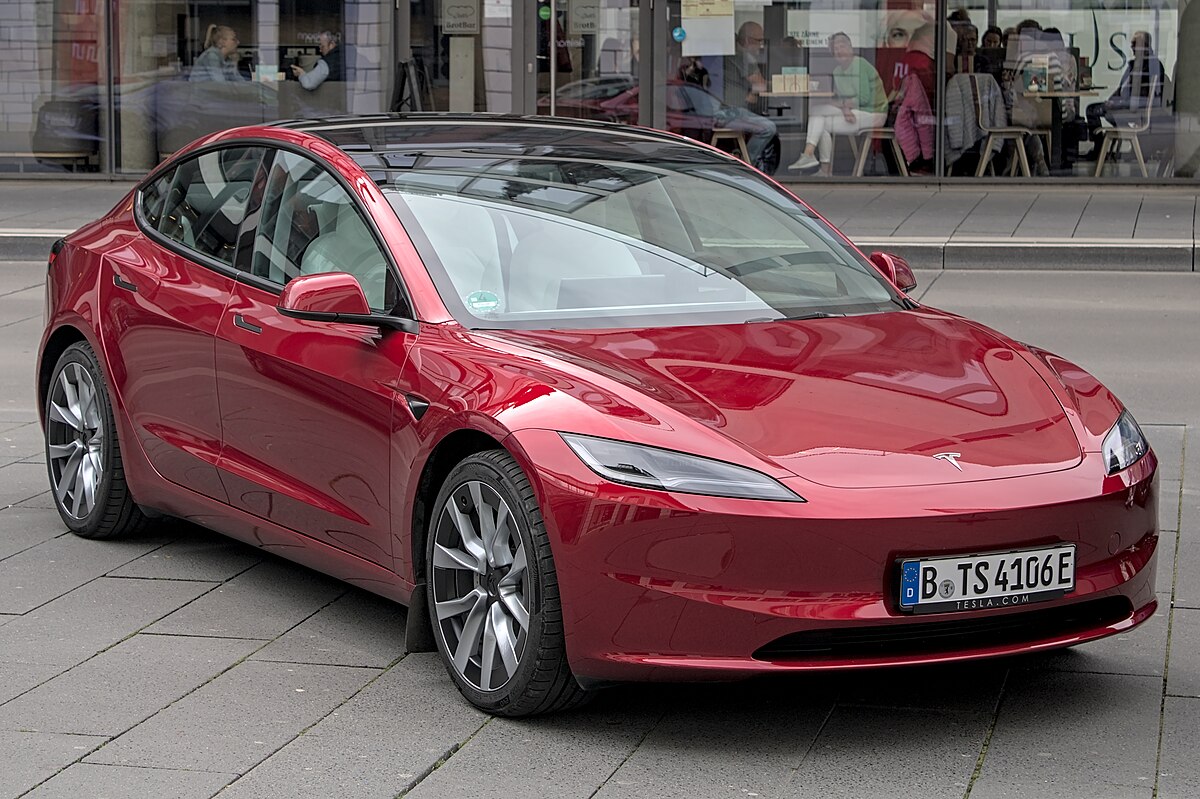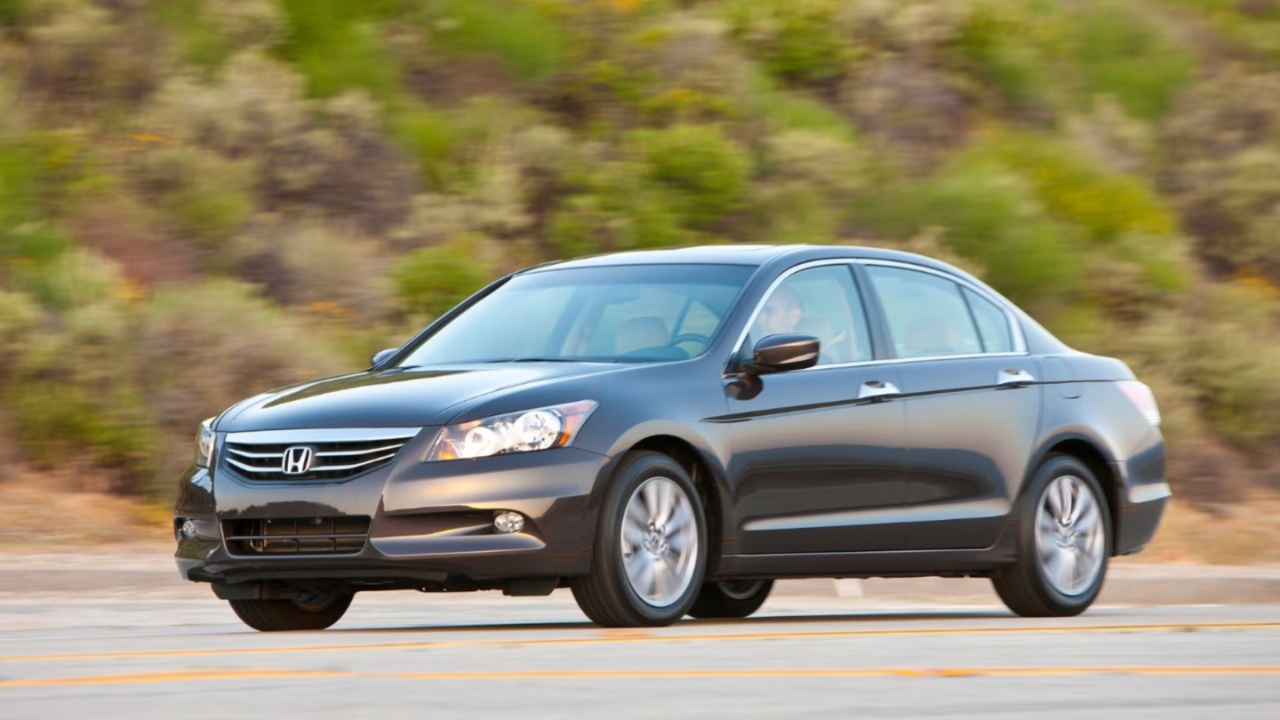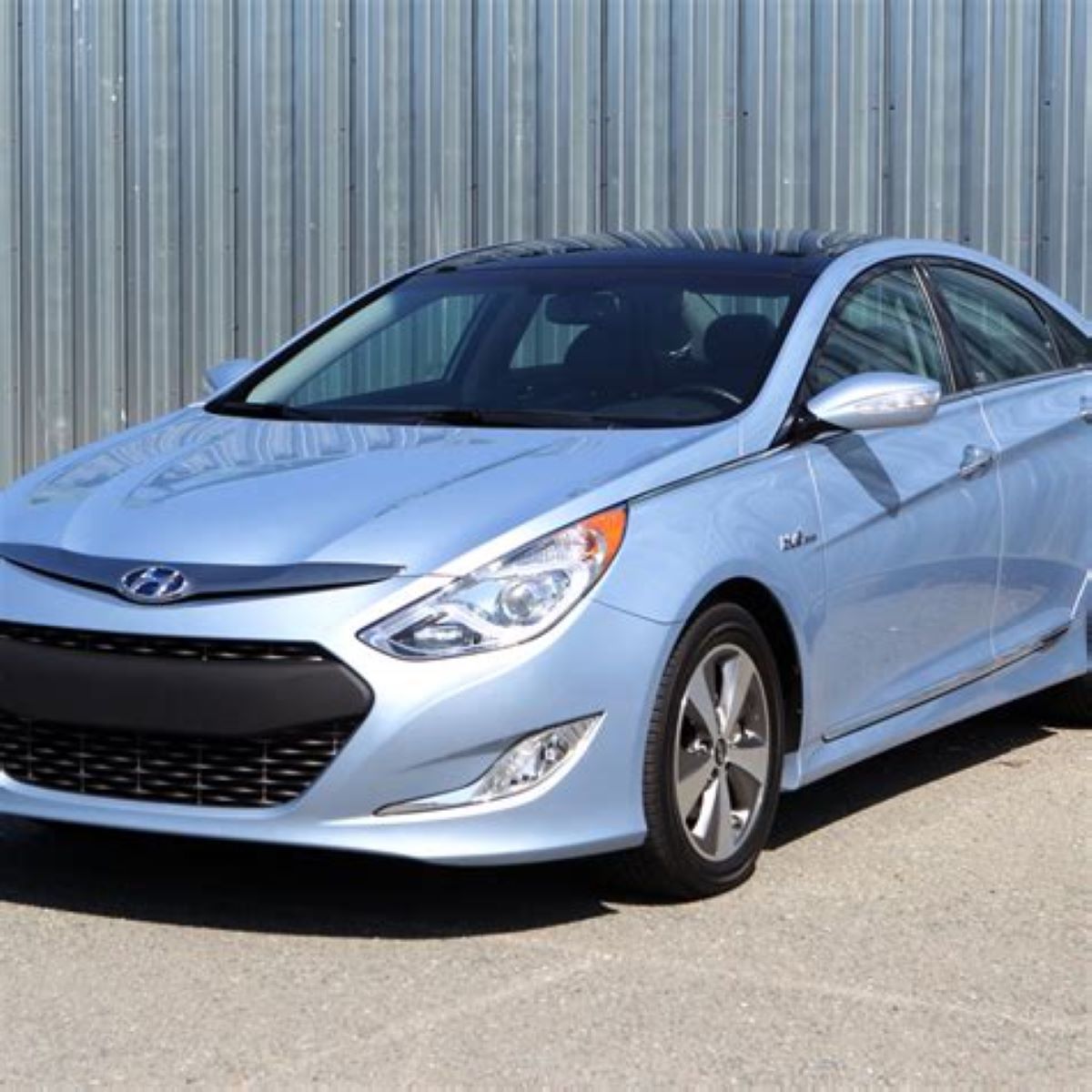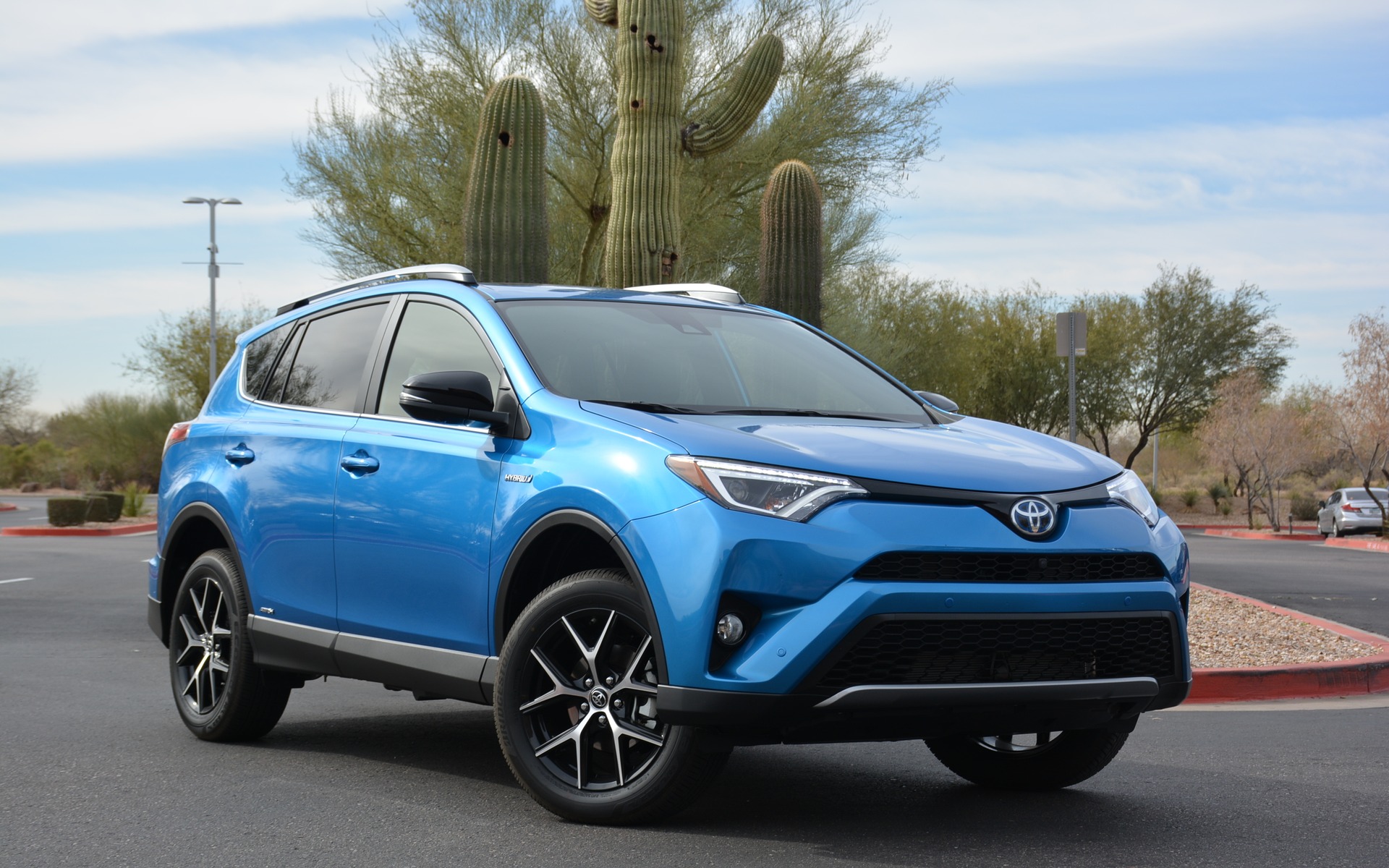Technological innovation has fundamentally changed the driving experience, with vehicle manufacturers integrating sophisticated driver-assist features across various models.
Advanced Driver-Assistance Systems (ADAS) are no longer exclusive to luxury brands but are increasingly standard throughout the automotive market.
These features include adaptive cruise control, lane-keeping support, automatic emergency braking, blind-spot monitoring, and more.
The intention behind these systems is straightforward: to enhance road safety, improve driver convenience, and lay the groundwork for eventual autonomous mobility.
However, actual performance varies widely among vehicles. Some models consistently receive praise for how well their systems interpret both driving conditions and driver intent, producing smooth, accurate responses in real traffic.
Others generate complaints due to misreadings, frequent false alarms, or unpredictable interventions that can startle or frustrate users.
As a result, a critical analysis of which vehicle models deliver memorable, trouble-free assistance and which ones falter during regular use is necessary for potential buyers and safety advocates.
This article examines five vehicles widely recognized for reliable driver-assist technologies and contrasts them with five models where ADAS features often present glitches.
Each section not only lists the models but highlights the reasons these systems shine or struggle, relying on real-world experiences, respected industry ratings, and consumer reports.
By comparing strengths and shortcomings, readers can better understand which technologies may earn their trust and which might warrant caution.
Also Read: 5 Vehicles With Simple Hitch Setup vs 5 With Complicated Tow Prep
5 Models with Reliable Driver-Assist Tech
Driver-assist systems should be intuitive, unobtrusive, and consistent in a variety of driving situations. The value of these features extends beyond marketing appeal, often influencing a buyer’s sense of security and peace of mind on the road.
Trust is built when assist systems perform their tasks with minimal annoyance, few false alarms, and clear communication to the human driver.
In recent years, automakers that invest the most in ADAS research, real-world testing, and user education tend to produce the most well-regarded systems.
This section highlights five vehicle models that consistently demonstrate reliable driver-assist technology. They earn their places through a combination of strong third-party reviews, user feedback, and advanced safety testing.
Detailing these models provides valuable insight for those considering the purchase of a modern vehicle that supports drivers rather than disrupting them.
Understanding why these cars are trusted helps set the standard for what effective driver-assist systems should accomplish.
1. Tesla Model 3
Tesla’s Model 3 often makes headlines for its role as a technological pioneer within the mass-market segment. The brand’s Autopilot suite stands out not only for its vast range of features but also for its continuously evolving capabilities through wireless software updates.
The Model 3’s adaptive cruise control, traffic-aware steering, and automatic lane-changing functions perform reliably according to numerous independent assessments.
Autopilot’s strengths stem from Tesla’s approach of data-driven learning, leveraging input from the brand’s worldwide fleet to fine-tune how the system reacts in complex, real-world traffic.
Another point in favor of the Model 3 is its user interface. The system keeps the driver engaged through visual cues and regular prompts, reducing the chance that attention will drift.

This focus on attention and engagement has contributed to the Model 3’s positive safety ratings and impressive accident statistics compared to similarly equipped models.
Tesla has faced criticism regarding drivers misunderstanding system limitations, but when used as specified, the Model 3’s driver-assist features typically perform with consistent accuracy.
By continuing to iterate and improve over time, the Model 3 remains a standout for those who want advanced assistance without frequent glitches or unpredictable behavior.
2. Mercedes-Benz E-Class
Mercedes-Benz has been synonymous with engineering excellence, and its E-Class consistently upholds this reputation regarding ADAS functionality.
The E-Class uses a combination of radar, cameras, and ultrasonic sensors to deliver features that function seamlessly even in busy or challenging environments.
Its Drive Pilot delivers adaptive cruise control and active steering assist that maintain lane integrity even when road markings or conditions are less than ideal.
The E-Class distinguishes itself by balancing intervention with discretion. Assistance steps in smoothly rather than abruptly, helping drivers stay centered, keep appropriate following distances, and avoid collisions without sudden jerks or chimes.

Reviewers frequently praise its predictive capabilities, especially in highway scenarios or during stop-and-go traffic. Another selling point is the system’s ability to work in concert with driver habits, showing restraint to avoid “fighting” the user while still providing essential aid when needed.
Mercedes’ commitment to thorough testing and integration means fewer false positives and minimized instances where drivers feel confused about system behavior.
The E-Class sets a benchmark for how premium brands approach trustworthy, hassle-free driver assistance making it a prime choice for those valuing predictable, reassuring technology.
3. Honda Accord
Honda’s Accord is an important example of successful mainstream ADAS integration. The latest Honda Sensing suite comes standard in most trims, providing adaptive cruise control, lane-keeping support, collision mitigation braking, and traffic sign recognition.
Honda’s focus on safety and reliability ensures that these features work not just in demonstration scenarios but in real-world situations where lane markings may be faded or weather conditions less than perfect.
The Accord’s systems avoid frequent complaints about over-aggressive or confusing alerts. Reports from both consumers and evaluation groups like the Insurance Institute for Highway Safety (IIHS) highlight how rarely Honda Sensing triggers false warnings or takes unnecessarily drastic action. For drivers, this translates into daily use that feels supportive, not intrusive.

Honda’s strong dealer training programs and clear user manuals have also contributed to lower incidents of misuse or misunderstanding, further boosting the Accord’s reputation.
By fitting well-calibrated ADAS into a widely popular sedan, Honda has proven that reliable technology is not only for luxury segments but can also be found in high-volume family vehicles. This inclusion cements the Accord as an ideal example for those wanting confidence in daily commuting or road tripping.
4. Subaru Outback
The Subaru Outback enjoys loyal customer support for many reasons, with the EyeSight ADAS system forming a key part of its appeal. EyeSight combines adaptive cruise control, lane keeping, and pre-collision braking into a package praised for its accuracy and calm operation.
Subaru goes to lengths to ensure that the system avoids issuing constant beeps or tugging the wheel unnecessarily.
Subaru tunes EyeSight to accommodate mixed driving environments rural, urban, and highway resulting in technology that consistently supports the driver in diverse conditions.
EyeSight’s dual-camera setup helps it judge distance and react to cars and pedestrians with faster, more informed responses than many rivals.

Customers consistently rate EyeSight as intuitive, with many reporting that after a short adjustment period, they hardly notice its presence unless it is genuinely needed.
Beyond technological competence, Subaru’s commitment to installing EyeSight as standard on most trims demonstrates an ethos of prioritizing driver and passenger safety.
Its reliability has led to high marks in both consumer satisfaction surveys and governmental safety tests, making the Outback a preferred pick for families and safety-minded users.
5. Hyundai Sonata
Hyundai’s Sonata rounds out this group with its SmartSense suite. Like Honda, Hyundai aims to democratize advanced driver assistance by making features such as adaptive cruise control, forward-collision warning, and lane-keeping assist standard on a broad array of trims.
Reviews highlight that the Sonata’s systems are especially well-calibrated: when sensors detect lane drift or an impending collision, the feedback is firm but never startling.
Hyundai focuses on providing gentle steering and braking input, allowing for seamless engagement, whether on city streets or open highways.
The clarity of system alerts ensures that drivers are not bombarded with confusing messages or unclear icons. This clarity is especially important for families and new drivers who may otherwise find advanced features daunting.

User reports echo critical acclaim, with the Sonata receiving consistently positive remarks about the predictability and helpful nature of its ADAS.
Hyundai’s dedication to ongoing software improvements and customer support ensures that the Sonata’s features remain current and free of chronic issues.
For buyers seeking technology that just works, the Sonata stands as a testament to well-planned engineering and attention to customer needs.
5 Models with Glitchy ADAS Systems
Advanced driver-assist features promise a future of safer, more convenient travel, but the journey is fraught with growing pains. Despite rapid progress, some vehicle models continue to struggle with reliable implementation of these systems.
Inconsistent or unpredictable ADAS can cause frustration, reduce trust, and sometimes lead to dangerous situations. False alarms, inadequate detection of road markings or obstacles, and intrusive corrective actions are among the most common issues reported.
Highlighting models with glitch-prone ADAS is not to cast blame but to inform buyers so they have realistic expectations.
Such information helps manufacturers focus on improving their offerings and motivates drivers to remain vigilant, knowing that the advertised support may not always function as intended.
Recognizing recurring problems in certain vehicles also underscores how critical thorough testing and user education are for the successful adoption of these technologies.
1. Toyota RAV4 (Certain Model Years)
The Toyota RAV4 is immensely popular, but not every model year delivers flawless ADAS performance.
Some owners have reported persistent problems with the “Toyota Safety Sense” suite, including frequent false alarms from the pre-collision system and inconsistent lane departure alerts.
Especially in specific years, the RAV4’s sensors appear sensitive to weather, road debris, or less pristine lane markings, often causing beeping and unexpected braking.
These glitches can be distracting, leading some drivers to disable certain features rather than rely on them. The issue frequently arises from camera or radar calibration or limitations in processing power, which result in the system overreacting to innocuous triggers.

Owners have expressed frustration in forums and reviews, lamenting the lack of system adaptability and wishing for greater user customization.
It is important to note that Toyota has addressed some of these concerns in recent updates, but persistent complaints for certain years warrant attention.
Highlighting these challenges helps prospective buyers consider which versions are more refined and encourages Toyota to maintain its reputation for quality by prioritizing smoother system refinement.
2. Nissan Rogue
Nissan marketed its ProPILOT Assist as a sophisticated answer to driver needs, but in the Rogue, execution has not always met expectations.
Multiple reports cite issues such as inconsistent lane keeping, especially on roads with faded markings, and oversensitive emergency braking.
Drivers recount the system engaging brakes for overhanging tree branches or shadows on the road, resulting in unnecessary stops.
This unpredictability not only undermines confidence but also poses potential safety risks when surrounding drivers are caught off guard by unexpected movements. While Nissan has rolled out software updates to address firmware bugs, user experiences still point to a system in need of further refinement.

The reason for highlighting the Rogue here lies in the prevalence of these complaints across different production years. For a model marketed as a mass-market crossover with advanced assistance, reliability in high-traffic, real-world environments is crucial.
Recognizing its ADAS issues encourages consumers to research updates or consider alternate models while urging Nissan to invest in more robust system validation and customer customization options.
3. Ford Explorer
Ford’s Explorer has had its share of technology hiccups, especially with its Co-Pilot360 driver-assist system. Notably, lane-keeping and adaptive cruise control features have received criticism for erratic operation.
Some users experience late or inconsistent warnings for lane drift, while others describe aggressive braking in traffic jams or on crowded highways.
The cause of these frustrations is often traced back to sensor inaccuracies or software lags, leading to scenarios where trust in the system erodes.
While Ford has demonstrated a commitment to technological improvement, the Explorer’s history includes customer feedback highlighting more “hands-on” driving than the ADAS branding would suggest.

By including the Explorer, this article aims to highlight the practical impact inconsistent ADAS can have, especially for busy families and commuters who purchase the vehicle expecting additional peace of mind.
Raising these points informs not only car buyers but also serves as a lesson for all brands about the value of thoroughly tested and user-friendly technology solutions.
4. Volkswagen Tiguan
Volkswagen’s Tiguan presents another example where promising features do not always deliver smooth support. The car’s lane-keeping system and adaptive cruise control often come under scrutiny for abrupt corrections and indecisive speed adjustments.
Users in online automotive communities mention frequent alerts for nearby vehicles, even when ample space is available, creating repeated interruptions.

Some of Tiguan’s troubles stem from how the sensors interpret vehicle proximity and lane data on poorly marked roads, leading to driver annoyance or disengagement.
Volkswagen has made improvements to firmware in recent releases, but for certain years and trims, reports of glitches persist.
The Tiguan’s inclusion serves to remind customers and manufacturers alike of the importance of realistic, real-world validation. It stresses the need for ongoing updates and easy dealer support for rectifying issues, while cautioning that flashy features alone do not guarantee seamless operation.
5. Jeep Grand Cherokee
The Jeep Grand Cherokee rounds out this group as a cautionary tale regarding ADAS technology implementation in rugged vehicles.
Owners of certain recent models describe “phantom” automatic braking, frequent false alarms from blind-spot monitors, and abrupt lane-correction actions that feel more startling than reassuring.
This is especially pronounced in off-road or semi-rural situations where uneven roads, brush, or weather conditions confuse sensors.
The Grand Cherokee’s reputation as an adventurous, all-terrain SUV means buyers often expect robust adaptability, but repetitive glitches with its assist systems prove otherwise. Owners express dissatisfaction when features marketed for peace of mind instead interrupt or complicate their drives.

Shedding light on the Grand Cherokee’s ADAS difficulties demonstrates the tricky balance between promoting advanced tech and ensuring its practicality for the vehicle’s target audience.
Buyers weighing this model should research which years or trims have addressed these concerns and push for thorough test drives in representative driving conditions.
Advanced Driver-Assistance Systems (ADAS) have become influential in shaping modern vehicles, offering features meant to boost safety, reduce fatigue, and inch closer to semi-autonomous travel.
Not all these systems perform equally, though. While some automakers deliver smooth, accurate, and reassuring technology, others struggle with reliability, causing frustration among drivers.
Understanding which car models excel and which encounter frequent issues can help potential buyers make better decisions and keep manufacturers accountable for improvements.
Five vehicles stand out for their strong ADAS performance. The Tesla Model 3 leads with its robust Autopilot suite, praised for consistent adaptive cruise control, accurate lane support, and an evolving design that harnesses real-world data to refine responses.
Its user interface remains clear, keeping operators engaged and reducing the chance of misuse. When used according to guidelines, its driver-assist technology delivers precise results, setting a benchmark for mass-market vehicles.
Mercedes-Benz’s E-Class is another top performer. Equipped with advanced radar, cameras, and sensors, the E-Class executes its support features with remarkable consistency.
Reviewers appreciate the system’s ability to balance intervention and subtlety, helping maintain lane position and safe distances without constant reminders or overreactions. This thoughtful integration reassures drivers and avoids confusion, especially during long drives or busy highway travel.
The Honda Accord’s suite, known as Honda Sensing, succeeds in the mainstream segment. Adaptive cruise, lane-keeping, and automated emergency braking rarely trigger false alarms or unexpected corrections.
Honda’s attention to calibration and driver education results in technology that feels helpful rather than intrusive, making it easier to trust these systems day after day.
Subaru’s Outback, using EyeSight technology, earns high marks for its calm yet effective assistance. EyeSight accurately manages distance, responds reliably to pedestrians and vehicles, and maintains lane discipline with a steady hand.
Subaru’s commitment to standardizing these systems across most trims reflects its dedication to safety and real-world utility, as confirmed by positive feedback in both safety tests and owner surveys.
Hyundai’s Sonata completes this list, featuring the SmartSense suite. The Sonata’s ADAS options are praised for their gentle steering and braking, well-timed alerts, and transparency.
These systems meet the needs of a wide audience, including families and new drivers, without overwhelming with constant interruptions or complex controls. Hyundai’s ongoing support further secures user confidence in daily travel.
By contrast, some models consistently fall short in their ADAS implementation. The Toyota RAV4, especially in certain years, suffers from over-sensitive sensors and false alarms from its pre-collision system.
These unnecessary alerts can distract or annoy drivers, prompting some to turn off the very features intended to provide reassurance.
Nissan’s Rogue, despite ambitious marketing around its ProPILOT Assist, stumbles with unpredictable lane-keeping and overly cautious emergency braking.
These behaviors can disrupt smooth travel and even introduce new safety concerns, as drivers behind may not expect sudden stops for irrelevant triggers.
The Ford Explorer has earned criticism for late lane-keeping responses and abrupt braking in its Co-Pilot360 system. Faulty sensors and lagging software contribute to inconsistent performance, undermining trust during everyday commutes or family trips.
Volkswagen Tiguan drivers have voiced frustration over frequent false positives and unclear alerts, particularly when lane markings fade or road conditions become tricky. This inconsistency often leads to features being ignored rather than used.
Lastly, the Jeep Grand Cherokee illustrates the challenge of adapting ADAS to rugged environments. Drivers report abrupt braking or lane corrections and frequent blind spot system misfires, especially off paved roads or in weather-affected settings.
The difference between dependable and glitch-prone driver-assist features impacts safety and satisfaction. Models from Tesla, Mercedes-Benz, Honda, Subaru, and Hyundai are frequently praised for their unobtrusive, reliable technology.
In contrast, vehicles like the RAV4, Rogue, Explorer, Tiguan, and Grand Cherokee highlight the need for continued refinement and real-world testing.
These insights can help drivers make informed choices and urge automakers to refine their technology for even broader reliability and trust on the road.
Also Read: 5 Hybrids With Smooth Gas-to-Electric Shifts and 5 That Jerk Every Time

